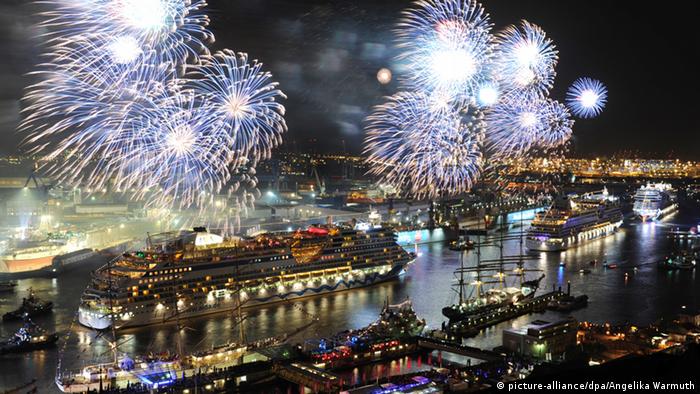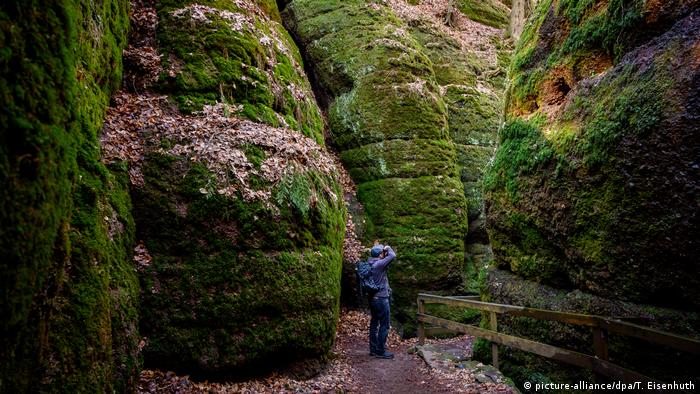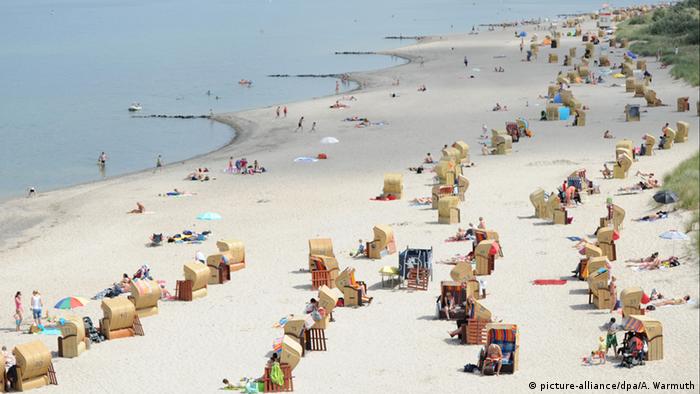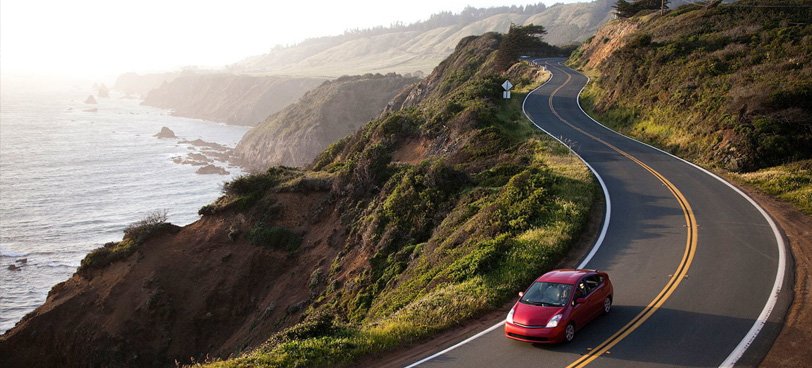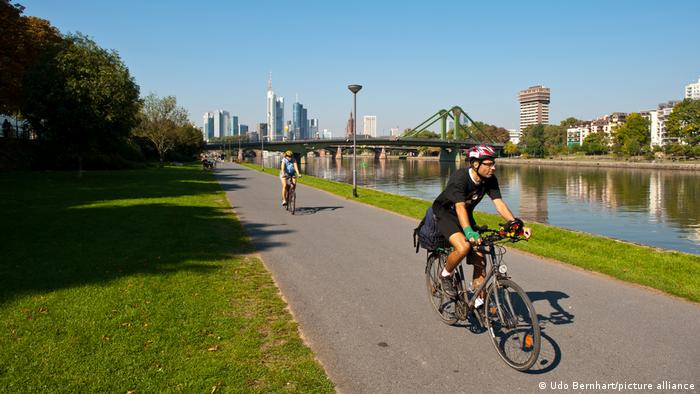Great freedom is not just a street name in Hamburg, it spills against the quay walls with every wave of the Elbe. A city with maritime flair and lots of places to go out.
Everything in view
The old Hanseatic city is currently reinventing itself in HafenCity, the largest inner-city development project in Europe. From 2025, more than ten thousand Hamburgers will live here. The construction progress can be followed in a 360-degree panorama from the ViewPoint in Baakenhafen. The construction of the orange-colored metal tower is inspired by harbor cranes and the all-around view of a nautical periscope.
Music Cathedral
The Elbphilharmonie pushes itself into the skyline like a gigantic ship's bow. On the brick base of a former cocoa storage facility, a glass structure soars 110 meters into the sky. The concert hall opened in January 2017 and has since become Hamburg's new landmark.
Always in flow
On the Elbe, ships travel day and night from the North Sea to the port. Their hooting and seagull screams provide the sound for the morning run over the firm, light-colored sand at the water's edge. It is 70 nautical miles to Cuxhaven. Despite protests from environmentalists, the fairway in the Elbe is being dredged deeper and wider for new giant ships.
My dear swan
Ambassadors of spring in Hamburg are more than 100 city-owned swans. Since 1674, the office of swans has been responsible for their return from their winter quarters. With the possession of the white waterfowl - actually a privilege of the kings - Hamburg demonstrated its independence as a free Hanseatic city.
Loads of storage space
In 1888, the German Emperor Wilhelm II opened the Speicherstadt. Hamburg had previously agreed to set up a free port. Storage and processing of goods were thus duty-free. The result is one of the largest warehouse complexes in the world. The Speicherstadt has been a UNESCO World Heritage Site since 2015.
Dive
In order to get from the north bank of the Elbe to the southern port areas more quickly, the first river tunnel on the European continent was built in Hamburg. Since 1911, elevators have been used at the Landungsbrücken. Two tiled tubes, 426.5 meters long, lead under the Elbe. It costs nothing on foot or by bike. Just a little effort.
Bridge capital
Nobody knows exactly how many bridges the people of Hamburg hurry across their city. The official statistics count 2500 - more bridges than in Venice, Amsterdam, or London. After the great fire in 1842, many wooden bridges had to be replaced. With the growth of the port, cast iron, and steel bridges over the Elbe and Alster, their canals and so-called canals through the Speicherstadt followed.
Dancing Towers
Today, high-rise office buildings dance at Reeperbahn No. 1. For their architect, the two towers with the kink in the facade are like a couple dancing the tango. A reminiscence of the location in the red light milieu. There is a restaurant and a bar on the upper floors. The roof terrace is accessible. From a height of 105 meters, the view of the harbor at night is magnificent.
Lot of freedom
In the small side street of the famous Reeperbahn, many a sailor has earned his wages in just one night. Bars, clubs, and establishments of all kinds lure in the district of St. Pauli. In the 1960s, artists and musicians discovered the district's wicked charm. The Beatles warmed up for their world career with performances in the legendary Star Club.
Come back soon, boy
Nobody has sung about the port as a place of longing as movingly as the singer and actor Freddy Quinn. Stranded in Hamburg, he was discovered on the Reeperbahn in 1954. The songs from the musical "Homesickness for St. Pauli" became hits and his records played in every jukebox in the country. And everything revolved around wanderlust, departure, and farewell. Goodbye, Hamburg!

